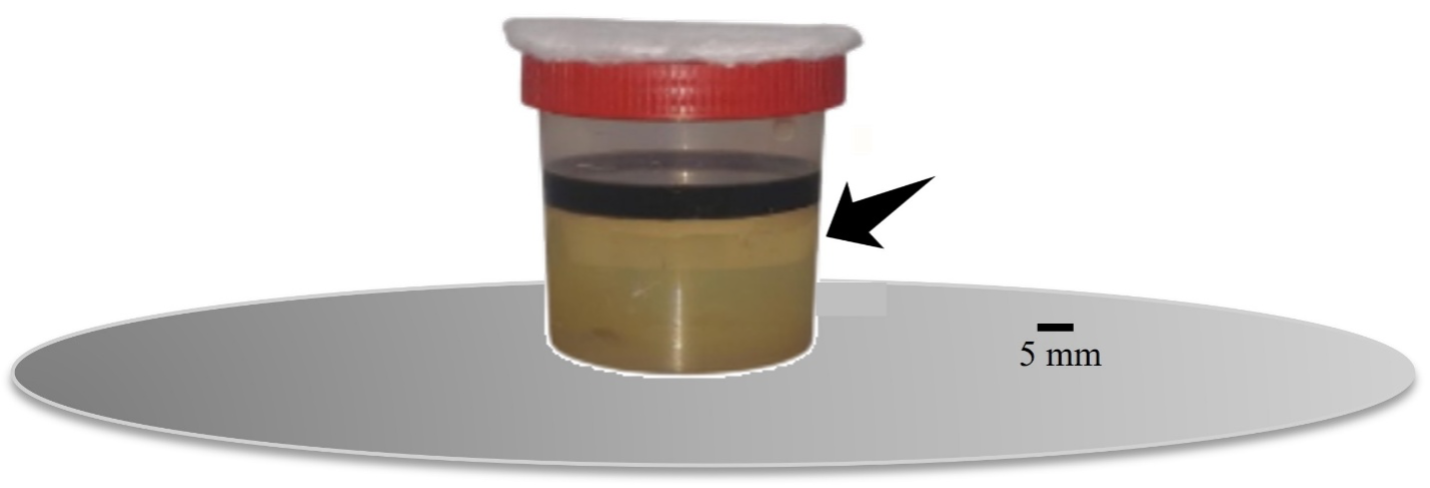- Calderón-Ramírez, M., Gomez-Náfate, J. A., Ríos-Fuentes, B., Rico-Martínez, R., Martínez-Nolazco, J. J., & Botello-Álvarez, J. E. (2022). Analysis of the thermal efficiency of flat plate solar air heaters considering environmental conditions using artificial neural networks. Revista Mexicana de Ingeniera Quimica, 21(3). https://doi.org/10.24275/rmiq/Sim2833
- Das, M., & Akpinar, E. K. (2020). Determination of thermal and drying performances of the solar air dryer with solar tracking system: Apple drying test. Case Studies in Thermal Engineering, 21. https://doi.org/10.1016/j.csite.2020.100731
- Green, D. W., & Southard, M. Z. (2019). Perry’s Chemical Engineers’ Handbook.
- Handoyo, E. A., Ichsani, D., Prabowo, & Sutardi. (2014). Experimental studies on a solar air heater having v-corrugated absorber plate with obstacles bent vertically. Applied Mechanics and Materials, 493, 86–92. https://doi.org/10.4028/www.scientific.net/AMM.493.86
- Kalogirou, S. (2003). The potential of solar industrial process heat applications. Applied Energy, 76(4), 337–361. https://doi.org/10.1016/S0306-2619(02)00176-9
- Kong, D., Wang, Y., Li, M., & Liang, J. (2024). A comprehensive review of hybrid solar dryers integrated with auxiliary energy and units for agricultural products. Energy, 293. https://doi.org/10.1016/j.energy.2024.130640
- Kumar, R., Verma, S. K., Mishra, S. K., Sharma, A., Yadav, A. S., & Sharma, N. (2022). Performance Enhancement of Solar Air Heater using Graphene/Cerium Oxide and Graphene-Black Paint Coating on Roughened Absorber Plate. International Journal of Vehicle Structures and Systems, 14(2), 273–279. https://doi.org/10.4273/IJVSS.14.2.23
- Ladha-Sabur, A., Bakalis, S., Fryer, P. J., & Lopez-Quiroga, E. (2019). Mapping energy consumption in food manufacturing. In Trends in Food Science and Technology (Vol. 86, pp. 270–280). Elsevier Ltd. https://doi.org/10.1016/j.tifs.2019.02.034
- Iglesias-Díaz, R., Pantoja-Enriquez, J., Moreira-Acosta, J., Farrera, N., & Ibáñez- Duharte, G. (2011). Diseño de un secador solar con circulación forzada (Vol. 5, Issue 5).
- Mekhilef, S., Saidur, R., & Safari, A. (2011). A review on solar energy use in industries. In Renewable and Sustainable Energy Reviews (Vol. 15, Issue 4, pp. 1777–1790). https://doi.org/10.1016/j.rser.2010.12.018
- Mohammed, S. A., Alawee, W. H., Chaichan, M. T., Abdul-Zahra, A. S., Fayad, M. A., & Aljuwaya, T. M. (2024). Optimized solar food dryer with varied air heater designs. Case Studies in Thermal Engineering, 53. https://doi.org/10.1016/j.csite.2023.103961
- Org, E. (1996). Lawrence Berkeley National Laboratory Recent Work Title Impact of the Temperature Dependency of Fiberglass Insulation R-Value of Cooling Energy Use in Building Publication Date.
- Panas, A. J., Szczepaniak, R., Stryczniewicz, W., & Omen, Ł. (2021). Thermophysical properties of temperature-sensitive paint. Materials, 14(8). https://doi.org/10.3390/ma14082035
- Pardeshi, P. S., Boulic, M., van Heerden, A. (Hennie), Phipps, R., & Cunningham, C. W. (2024). Review of the thermal efficiency of a tube-type solar air heaters. In Renewable and Sustainable Energy Reviews (Vol. 199). Elsevier Ltd. https://doi.org/10.1016/j.rser.2024.114509
- Sanjuán, N., Stoessel, F., & Hellweg, S. (2014). Closing data gaps for LCA of food products: Estimating the energy demand of food processing. Environmental Science and Technology, 48(2), 1132–1140. https://doi.org/10.1021/es4033716
- Schoeneberger, C. A., McMillan, C. A., Kurup, P., Akar, S., Margolis, R., & Masanet, E. (2020). Solar for industrial process heat: A review of technologies, analysis approaches, and potential applications in the United States. In Energy (Vol. 206). Elsevier Ltd. https://doi.org/10.1016/j.energy.2020.118083
- Sidebotham, G. (2015). Nusselt Number Correlations. In Heat Transfer Modeling (pp. 351–375). Springer International Publishing. https://doi.org/10.1007/978-3-319-14514-3_9
- Singh, I., Vardhan, S., Singh, S. Singh, A. (2019) Experimental and CFD analysis of solar air heater duct roughened with multiple broken transverse ribs: A comparative study. Solar Energy. 188, 519-532.
- Srivastava, R., Kumar Rai, A., & Kumar Srivastava, R. (2017). A review on solar air heater technology. International Journal of Mechanical Engineering and Technology, 8(7), 1122–1131. lser
- Welsby, D., Price, J., Pye, S., & Ekins, P. (2021). Unextractable fossil fuels in a 1.5 °C world. Nature, 597(7875), 230–234. https://doi.org/10.1038/s41586-021-03821-8
Yadav, A. S., & Bhagoria, J. L. (2013). Heat transfer and fluid flow analysis of solar air heater: A review of CFD approach. In Renewable and Sustainable Energy Reviews (Vol. 23, pp. 60–79). Elsevier Ltd. https://doi.org/10.1016/j.rser.2013.02.035
|

